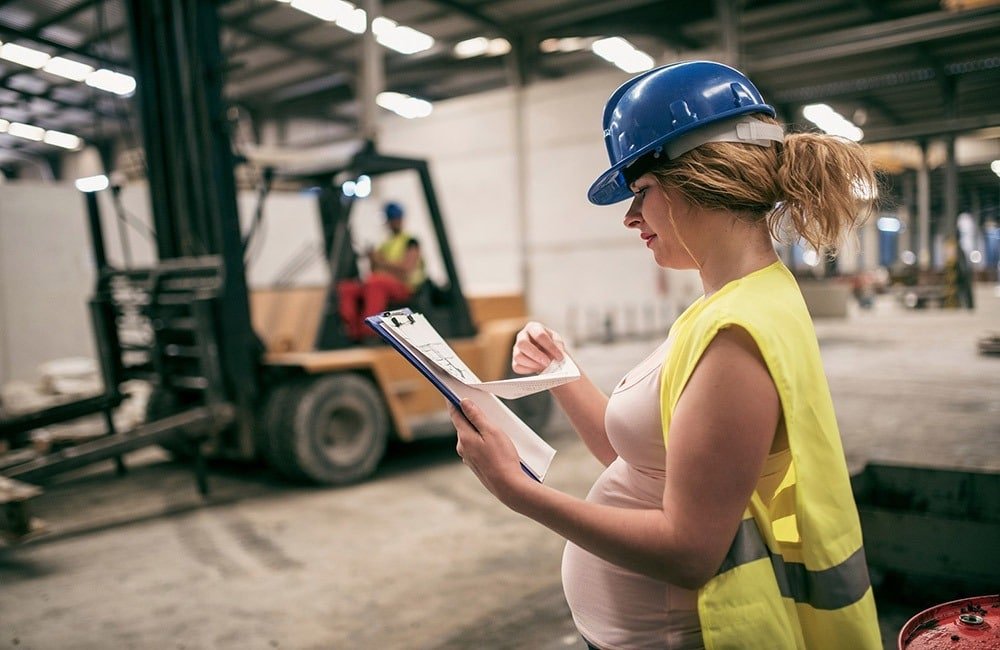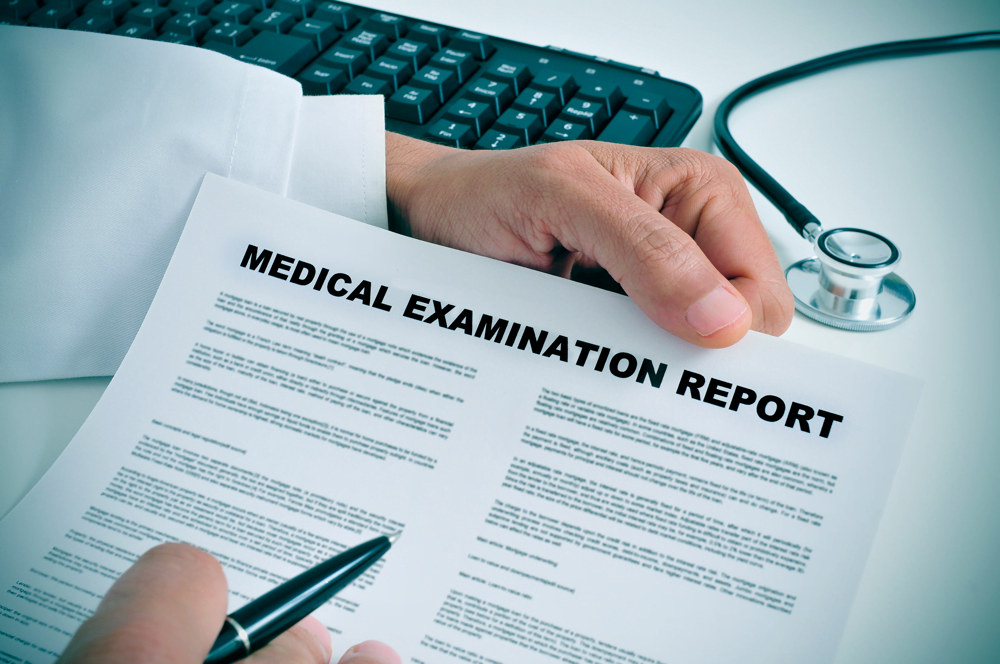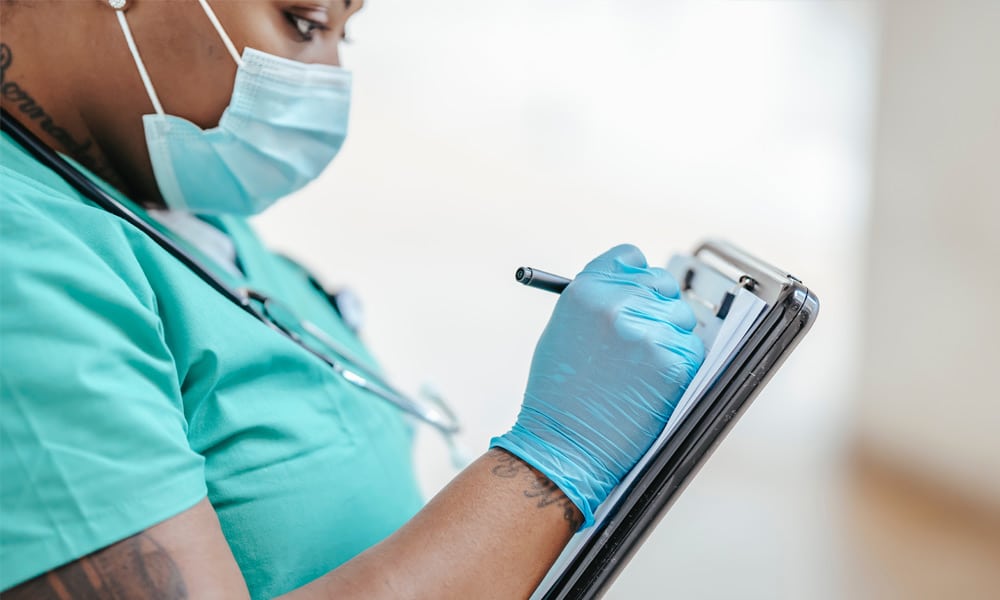As an employer, you carry out a general risk assessment to identify any risks that might affect women who become pregnant. When a woman tells her employer that she is pregnant a specific risk assessment should be carried out professionally. It is advised to review the individual risk assessment as the woman’s pregnancy develops.
Problem/Working Condition
- Movement & Posture:
There are a variety of factors linked to health and safety during pregnancy at work such as, rest breaks, work equipment and the work area that is being used. Hormonal changes during and shortly after pregnancy affect ligaments and can increase the chances of injury. Postural problems may get worse as pregnancy advances.
Standing: Standing in one position for long periods can cause dizziness, faintness, fatigue. It can also increase the chances of premature birth or miscarriage.
Sitting: Sitting for long periods increases the risk of thrombosis.
Backache: Backache is also associated with long periods of standing or sitting. Confined space may be a problem particularly in the later stages of pregnancy.
What to look out for:
– Does the employee have to stand for long periods of time, for example, more than two-three hours without a break?
– Do they have to sit for periods of more than two-three hours?
– Can the equipment and workstation be adjusted to fit the employee?
– Does the job involve awkward twisting or stretching?
– Are there space restrictions? Will these cause more restricted movement as the pregnancy develops?
- Manual Handling:
The hormonal changes in a pregnancy increase risk of manual handling injuries. Postural problems can also increase risks as the pregnancy progresses. There can also be risks for women who have recently given birth.
Breast-feeding mothers may have problems because of increased breast size and sensitivity.
What to look out for:
– Does the job involve twisting, stooping or stretching to lift objects?
– Does the job involve rapid repetitive lifting (even of lighter objects)?
– Does the job involve lifting objects that are difficult to grasp or are awkward to hold?
- PPE And Uniforms
Protective clothing or other types of Personal Protective Equipment (PPE) are not generally designed for use of pregnant women. Physical changes around pregnancy may make it too uncomfortable to wear or may mean that it no longer provides the intended protection. Uniforms may also cause a problem, particularly as the pregnancy progresses.
What to look out for:
– If the woman has to wear protective aprons/overalls etc, are they provided in suitable sizes?
– If uniforms are obligatory are they provided in maternity sizes?
– Are the materials used comfortably for all pregnant women to wear?
- Hazardous substances – infection risks and chemicals
Exposure to infectious agents such as hepatitis B from bodily fluids could be a problem for funeral undertakers or for cleaners. Women working with raw meat may be exposed to toxoplasma. There are over 200 industrial chemicals that can cause harm to the unborn child. Members who work with pharmaceutical products may be at risk. Funeral workers and hairdressers could also be exposed.
What to look out for:
– Are there any infection risks in the work? For example: l Embalming/preparing bodies for funeral workers, Clearing up spilled body fluids/disposing of used syringes for cleaners?
– Working with raw meat such as raw lamb, If so are hygiene precautions adequate?
– Are any chemicals at work known to be a risk?
– Are pregnant women kept away from jobs that could increase exposure, for example, unloading dry-cleaning machines or clearing button traps?
- Working Times:
Long hours, and unsocial shift work can affect the health of pregnant women and can disrupt breast-feeding. Recent research has shown a link between night work and miscarriage.
What to look out for:
– Is your employee expected to work long hours/overtime?
– Does she have some flexibility or choice over her working hours
– Does the work involve very early starts or late finishes?
– Does the job involve night work between the hours of, for example, 11pm to 7am?
- Working at Heights:
Because of the risk of fainting and high blood pressure, it is hazardous for pregnant women to work at heights.
What to look out for:
– Does the work involve a lot of climbing up and down steps or ladders?
– Does the work involve carrying items or boxes up or down ladders?
– If a mobile work platform is used to access higher levels, is there enough room for a pregnant worker to use it safely?
- Work-related violence:
Violence and the fear of violence can increase the risk of miscarriage, premature birth and problems with breast-feeding.
What to look out for:
– Is the job one that is perceived to have a high risk of violence (for example, security work, single staffing in a petrol filling station)?
– Is there always support at hand to help staff who may be threatened or abused by customers?
– Are managers and supervisors aware of the extra risk for pregnant women?
- Work-related stress:
New and expectant mothers can be vulnerable to stress because of hormonal, psychological and physiological changes around pregnancy. Additional stress may occur if the woman has reason to be anxious about her pregnancy.
What to look out for:
– Are there tasks which are known to be particularly stressful, for example, dealing with irate customers?
– Are colleagues and supervisors supportive of the pregnant worker?
– Is the member aware of what to do if she feels she is being bullied or victimized?
– Has the individual risk assessment taken account of any concerns the woman has about her own pregnancy?
- Extremes of cold or heat
Pregnant women are less able to tolerate heat or extreme cold.
What to look out for:
– Does the work involve exposure to temperatures that are uncomfortably cold (below 16°C) or hot (above 27°C)? – If protective clothing is provided against the cold, is it suitable for the pregnant worker?
– Is the worker exposed to cold draughts even where the average temperature is acceptable?
– Are there arrangements for frequent breaks and access to hot/cold drinks?
- Welfare issues
Rest facilities: Rest is particularly important for new and expectant mothers.
Hygiene: Easy access to toilets is essential to protect against risks of infection and kidney disease.
Storage facilities: Appropriate arrangements for expressing and storing breast milk are needed for breastfeeding mothers.
What to look out for:
– Is there somewhere quiet for pregnant workers to rest?
– Are they protected from exposure to tobacco smoke in the rest area?
– Are they given easy access to toilets and more frequent breaks than other workers if needed?
– Is there a clean, private area for breast-feeding workers to express breast milk?
– Is there somewhere safe for them to store expressed milk
Healthscreen UK – SEQOHS Accredited Occupational Health Provider







